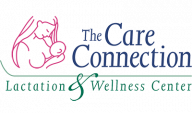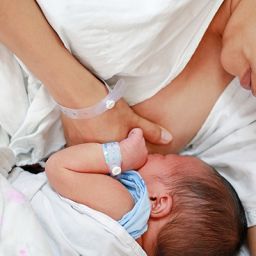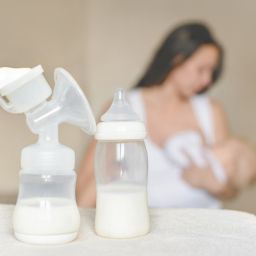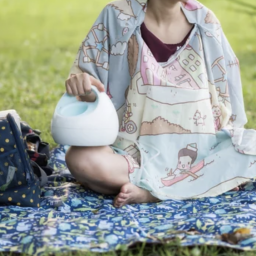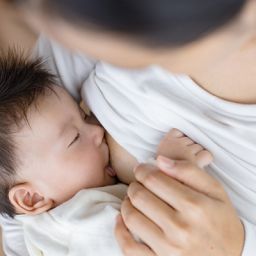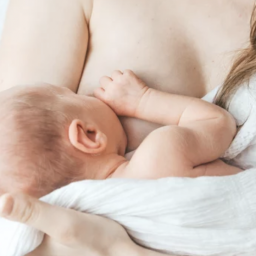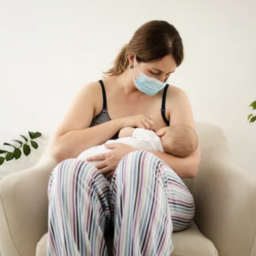Many moms experience tender or sensitive nipples in the first few weeks of breastfeeding. Often times this can be due to postpartum hormonal changes. This tenderness is normal and should improve as you and your baby get into a good breastfeeding routine. Breastfeeding is not supposed to be painful!
Common causes of sore nipples
Cracked or bleeding nipples are not normal and should be evaluated with the assistance of a lactation consultant. Many times sore nipples are caused by improper positioning or issues with latch. It is important to get this corrected early on to prevent further damage, infection, and give mom a positive breastfeeding experience.
Sore nipples can often lead to early or abrupt cessation of breastfeeding. When a mother is in pain this can affect her let down of milk, further complicating things. Often times a thorough visit with a lactation consultant to check latch and position helps solve the problem.
Recommendations
If you experience soreness:
- You may want to start the feeding on the side that hurts less.
- Massage your breast first and hand express milk to stimulate milk flow.
- Make sure that your baby is positioned properly with a wide-open mouth like he is yawning.
- Aim your nipple at the roof of his mouth when latching.
Ensure proper latching
He or she should have a large mouthful of breast, taking in all of the nipple and most of the areola. This is why it’s called breastfeeding and not nipple feeding. If you’re still in pain, break the suction using a finger in between your breast and baby’s mouth, then reattempt latching.
Try to avoid abruptly pulling your baby off of your breast. Rotating feeding positions combined with short, frequent feeds can help ease discomfort.
Soothing soreness
If you’re experiencing soreness, try the following:
- Apply expressed breastmilk to her nipples after feeds and allowing them to air dry.
- Coconut oil, olive oil, lanolin/organic nipple balm, and Rachel’s Remedy are also good alternatives.
- Breast shells worn inside a bra help promote airflow and prevent nipples from rubbing against clothing.
- If you experience cracking, hydrogel pads provide a cooling, soothing sensation while promoting healing. It is also very important to keep bras and breast pads clean and dry.
By trying the above measures your soreness should gradually improve, making feedings more comfortable. If your pain persists after a few days, or you have unresolved bleeding or cracking it is imperative that you seek the assistance of a lactation consultant and or your OB/GYN as soon as possible.
